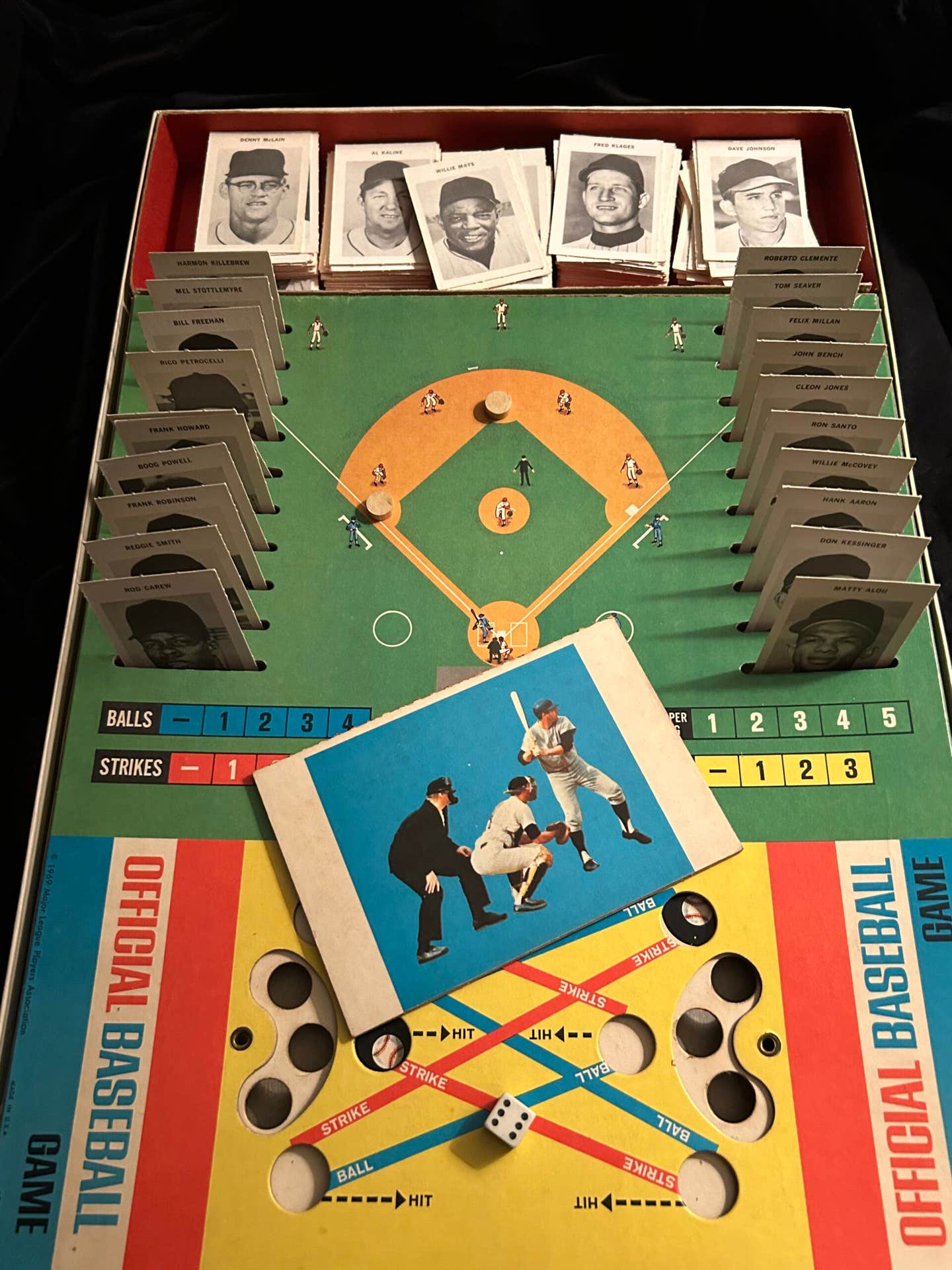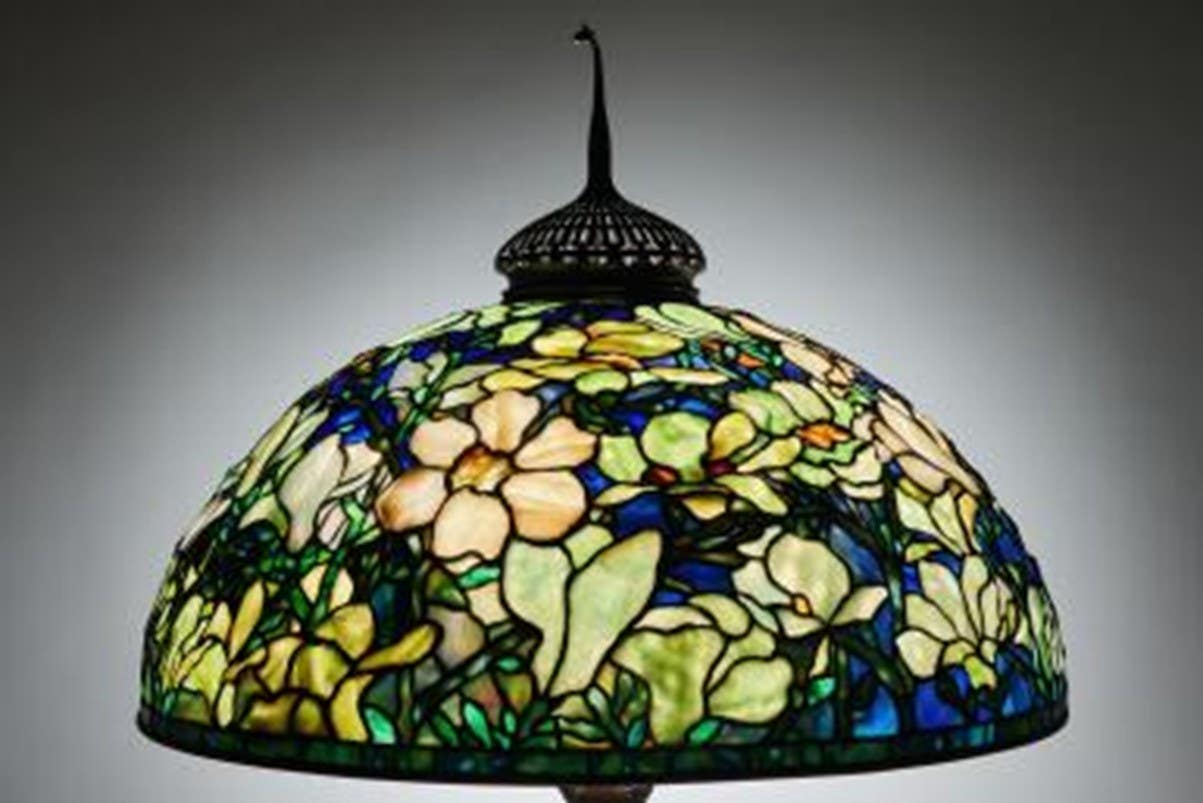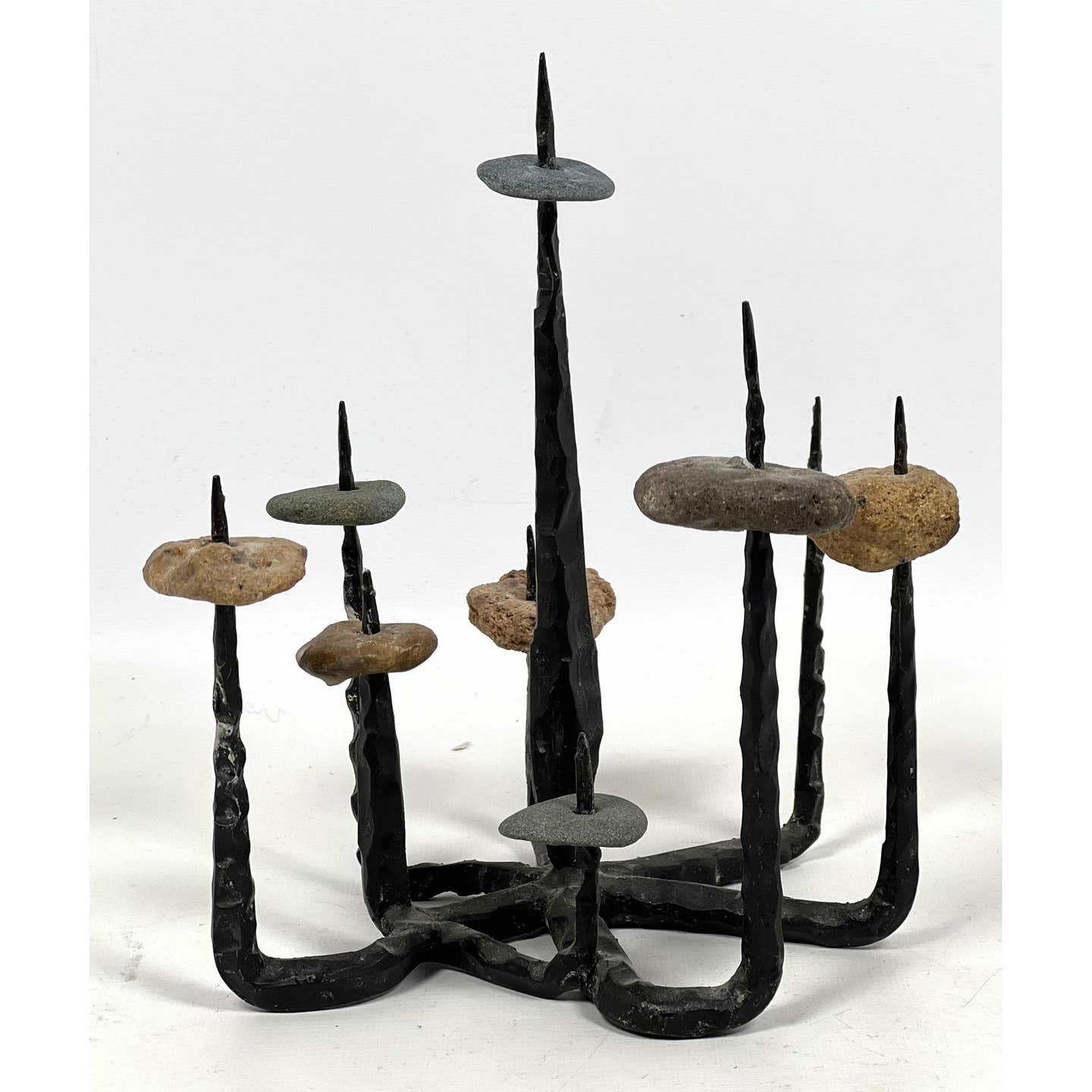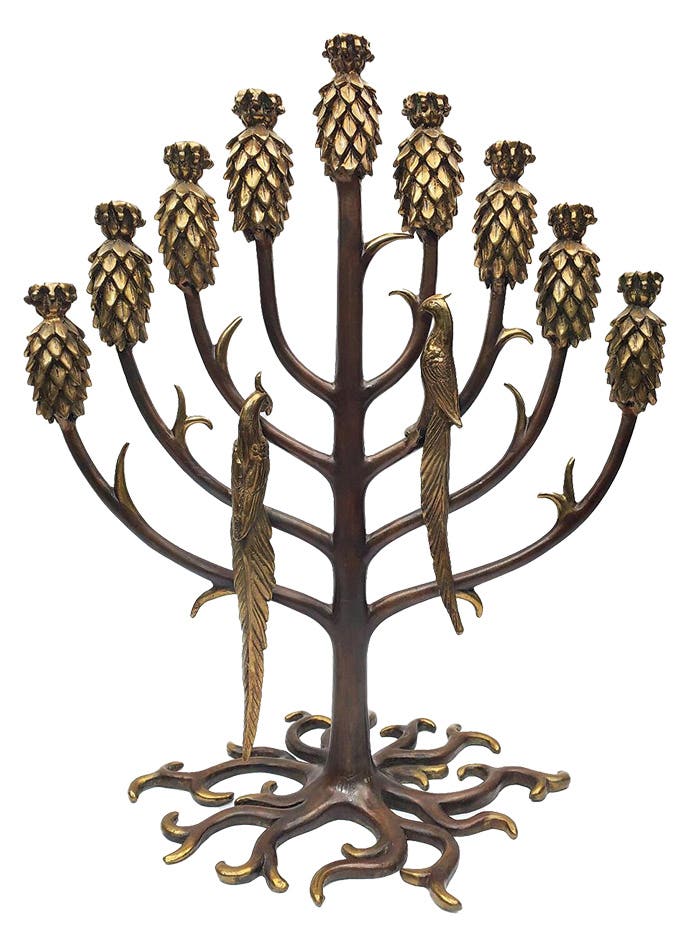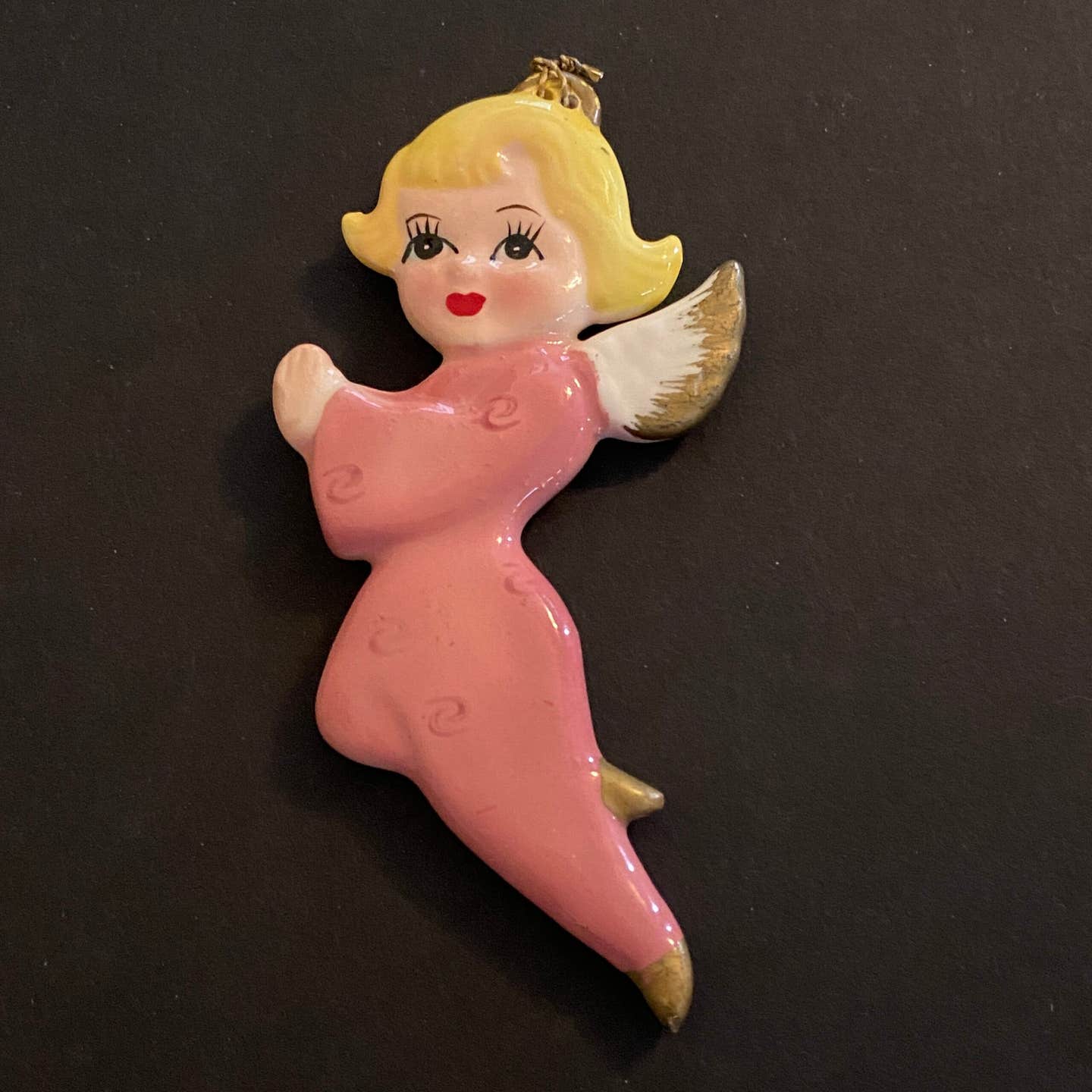Ten Things You Didn’t Know: Weathervanes
Although weathervanes certainly played a critical role in weather observations by sea merchants, farmers and others, but today they are popular items of folk art.
1 It’s said the largest existing weathervane sits along the shore of Michigan’s White Lake. Produced by Whitehall Products, the structure measures 48 feet tall and boasts a 26-foot-long arrow that indicates the direction of the wind.
2 A rare molded copper Liberty weathervane, attributed to Cushing and White, Waltham, Massachusetts, circa 1865, of a swell-bodied stylized figure of Liberty holding a painted 13-star American flag, measuring 29 inches by 18 inches, sold for $22,500 during an Important Americana Auction Jan. 24, 2014, at Sotheby’s.
3 One of the most well known of the earliest weathervanes was done in the shape of the Greek god Triton, and sat atop a marble clocktower structure built in 48 B.C. While the vane is long gone, the tower (named the Tower of the Winds) still stands in Athens, Greece. However, evidence from relatively recent explorations reveal use of wind vanes in ancient Mesopotamian civilizations dating back to 1600 B.C.
4 An American white-painted sheet iron and wood three-masted ship weathervane, early 20th century, with sheet iron sails and pennants, wire rigging, turned wood masts and carved wood bowsprit and hull, measuring 81 inches high by 69 inches long, positioned on a custom stand, fetched $3,321 during an American Furniture & Decorative Arts Auction presented by Skinner Auctions on Aug. 4, 2014.
5 Shapes and designs of weathervanes are an eclectic bunch. Not surprisingly, patriotic images and designs were popular themes for vanes in the 19th century, while racing horses, birds and roosters came into fashion in the mid-19th and early 20th centuries. Some of the more unique and whimsical designs have included cherubs, ships, sea creatures and wild animals.
6 President George Washington, who is said to have been a bit of an amateur
weatherman, requested a weathervane be manufactured for use at Mount Vernon. As a nod to the end of the Revolutionary War, the weathervane was built in the shape of a dove of peace.
7When it comes to weathervanes, there is no shortage of sources to learn more about this timeless topic. According to Denninger Weather Vanes & Finials’ bibliography page, there have been no less than 105 books written on the topic of weathervanes. Among the most referenced works are “A Gallery of American Weathervanes and Whirligigs,” by Robert Bishop and Patricia Coblentz, and “Yankee Weathervanes,” by Myrna Kaye and Corinne Pascoe.
8 While wrought iron became the most popular material from which weathervanes were manufactured, over the years examples made of wood, copper, tin and brass, among other things, have been discovered.
9 The functionality of weathervanes may center on their use as weather forecasting tools, but in the Middle Ages and even 19th century American culture, they were also status symbols and even served as company’s advertising devices.
10 One of the most talked-about collections of weathervanes resides at the Shelburne Museum in Shelburne, Vermont. The majority of the 125-plus weathervanes are from the 19th and 20th centuries, many of which come from the efforts of the museum’s founder, Electra Havemeyer Webb, who began collecting the vanes in the late 1940s.
Sources: WeathervanesPlus.com; Warman’s Antiques & Collectibles 2015; www.ferroweathervanes.com; www.denninger.com; www.bostonmagazine.com; www.wcax.com



